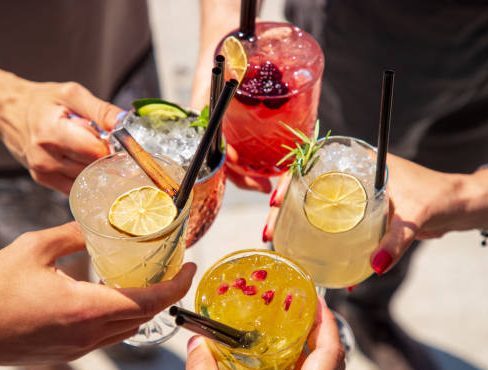The twice-yearly increase on Australia’s spirits tax continues to hit producers, consumers and operators and has struck again taking spirits excise past the $100 mark.
The inflation-linked spirits excise has been increased once again, going up to $100.05 per litre of alcohol from 1 August. With Australia’s spirits industry seeing unprecedented growth in terms of distillers, calls are increasing for this out-of-date, out-of-touch spirits excise to be reformed to help see the industry fulfil its potential.
The Federal Government today confirmed the news that all spirits producers had been dreading after the Australian Bureau of Statistics released the CPI figures. Now with spirits tax hitting a level that had previously been forecasted not to be reached until 2029, spirits manufacturers are calling on the government to freeze tax and help this growing Australian industry.
Spirits and Cocktails Australia Chief Executive, Greg Holland, slammed the increase.
“It’s outrageous to think that Australia’s spirits tax – which is already the third highest in the world – will exceed $100 per litre of alcohol next month,” he said.
“A gin and tonic now has more than double the tax of a Great Northern.”
“When will enough be enough?”
Australian Distillers Association Chief Executive, Paul McLeay, said the tax on spirits is unfair and unsustainable, putting a handbrake on the growth of a promising industry.
“It’s impossible for local distillers to consider employing new staff, opening a distillery door or accessing new export markets with this out of control tax,” he said.
“If the government is serious about growing domestic manufacturing jobs, particularly in the regions, they can’t have it both ways.”
Putting the increase into perspective for producers, Cape Byron Distillery founder Eddie Brook says small distilleries cannot realistically pass on every increase to consumers, who don’t understand the excise burden these businesses are dealing with.
“If we asked our loyal customers to pay an extra $2 or $3 every six months, we would start to look greedy in their eyes, and it puts us out of the price range that they can afford,” Brook said.
“What that means is, we’ve had to absorb a lot of those increases, which has made the running costs extremely tight and essentially, it is has reduced the ability of the business to grow.”
Brook added that this latest excise increase will cost his business about $70,000 a year in lost margin.
“That’s the equivalent of a full-time staff member that we won’t be able to employ as a result,” he said.
This story was originally published in The Shout and has been edited.

